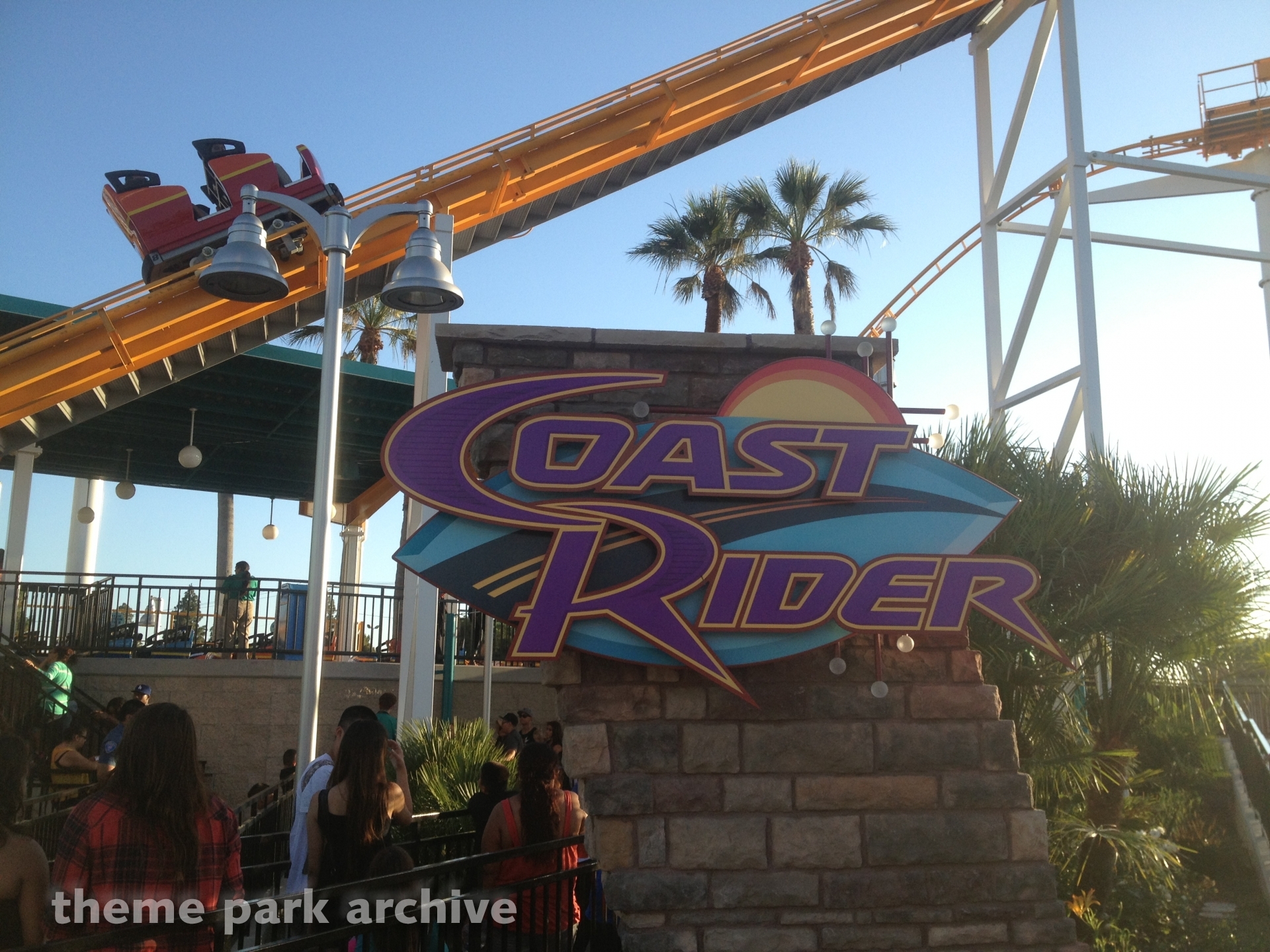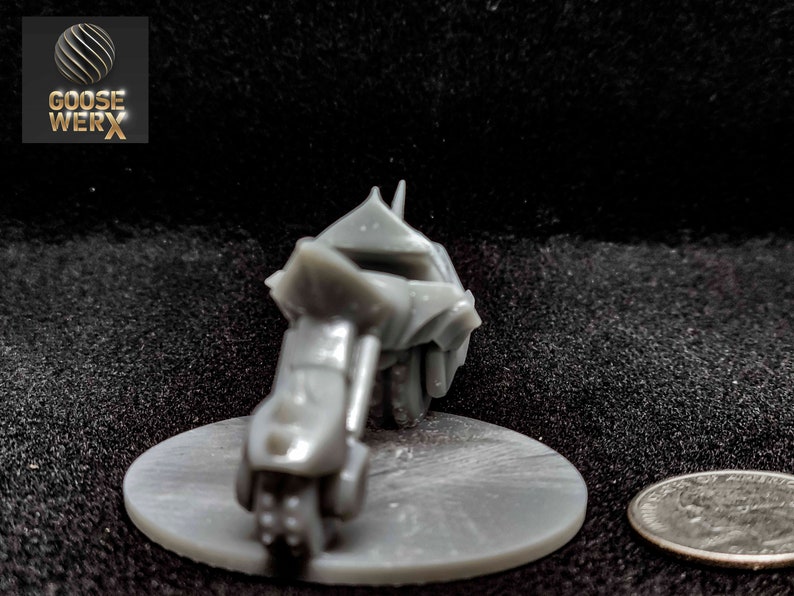

In a good two hour time span within a stable weather forecast the likelihood of dramatic changes in wind is highly unlikely. The maximal speed achieved on the descent, which affects the distance traveled, is achieved by the frameset on its own (or as closely as possible in by isolating extra factors which are kept consistent across all tests). By removing pedaling altogether we are eliminating additional sources of power/speed to the equation. The reason the pedaling aspect was left out is because if it were left in we add further complications: how many pedal strokes were taken? At what power? Some immediate and easy critiques that would negate the findings would be in the lines of "Oh, on this descent the rider pedaled more" or "Pedaled harder" and so forth, which adds to the speed achieved at the point of crossing the bottom line, which lends to the distance achieved.

The test is against a frame's true ability to travel against air in real world conditions.Ģ. The yaw changes will be the same for all frames going down this descent.
#Coast rider desent angle free
Thoughts? (Feel free to break it down, I'm genuinely fascinated by testing methods. I have a feeling that many would hesitate to offer a frame for testing however as this would be a scenario which challenges marketing ability. I don't know of anyone really able to afford all the bikes frames in the world, so this would necessitate cooperation from the manufacturers. A fourth person would need to record distances accurately.ī. A third team would need to immediately rush the rider back up to the top of the hill as fast as possible to get in as many frame tests within the two hour window, and immediately follow the rider back down the hill. A second team would be available to catch the rider when they come to a complete stop (or are unable to maintain balance while moving in a straight line due to reduction in speed and maintenance of position on bicycle). A team would need the bikes ready at the top of the hill. This would take a team of personell to perform properly. This will possibly determine the true aero qualities of a frame in real world conditions. This distance is from a marked point at what is agreed to be the initial absolute 'bottom' of the hill. Each test is marked for the total length of descent until the rider comes to a complete stop. Rider descends in a straight line with feet on pedals in 3-9 position, same body position kept across all descents.ħ. There is no pedaling, rather the rider is held at the start Track style, then released.Ħ. Rider starts at a marked line/point at the top of the hill. All testing is conducted within one week in which the local weather at the site is predicted to be stable.ĥ. This is to account for dramatic changes in the weather/wind which would affect the ride conditions between tests. Rides are conducted within the same two hour time window on each day. Tests are conducted within one week's time (see next point) to ensure minimal accounting for significant change in rider weight.Ĥ. The rider is the same for all tests, same clothes, same helmet, same glasses, same set up.

Wheels are kept constant, tires are kept constant, tire pressure kept constant.ģ. Rear and Front Derailleurs are attached as normal. Each frame is equipped with the same handlebars, same stem type, same saddle, same crank type, and unless brakes are specific to the frame, same brakes. The road ends into a flat section, again with no turns.Ģ. At this time the steepness should be enough to allow for gravity to be significant, but it does not have to be terribly steep. Take a hill that is straight in its descent. And that, despite all this, the rider is the greatest signifier in the aero qualities of a frame.ġ. Apparently we're told that now wheels are designed specifically with the frame in mind. but the problem here is we have no idea how likely a wind yaw angle actually exists on a course, and according to the National Weather Service Bureau (US), the yaw angles are measured at a certain height above the ground, which is not necessarily the height at which a frame sees wind. Apparently we're told that at certain yaw angles this frame performs better than that frame. Apparently we're told that some wind tunnel tests were performed with a dummy, others with a rider in motion. but with no rider testing it in the wind tunnel. Apparently we're told that some frames are proven with a rider on top, yet others claim to be more aero. The reason why I'm wondering this is because we have at this time an odd debate about various claims for aero.
#Coast rider desent angle how to
I was thinking this morning (while waiting for a conference call) about how to properly test for the aero qualities of a frame.


 0 kommentar(er)
0 kommentar(er)
